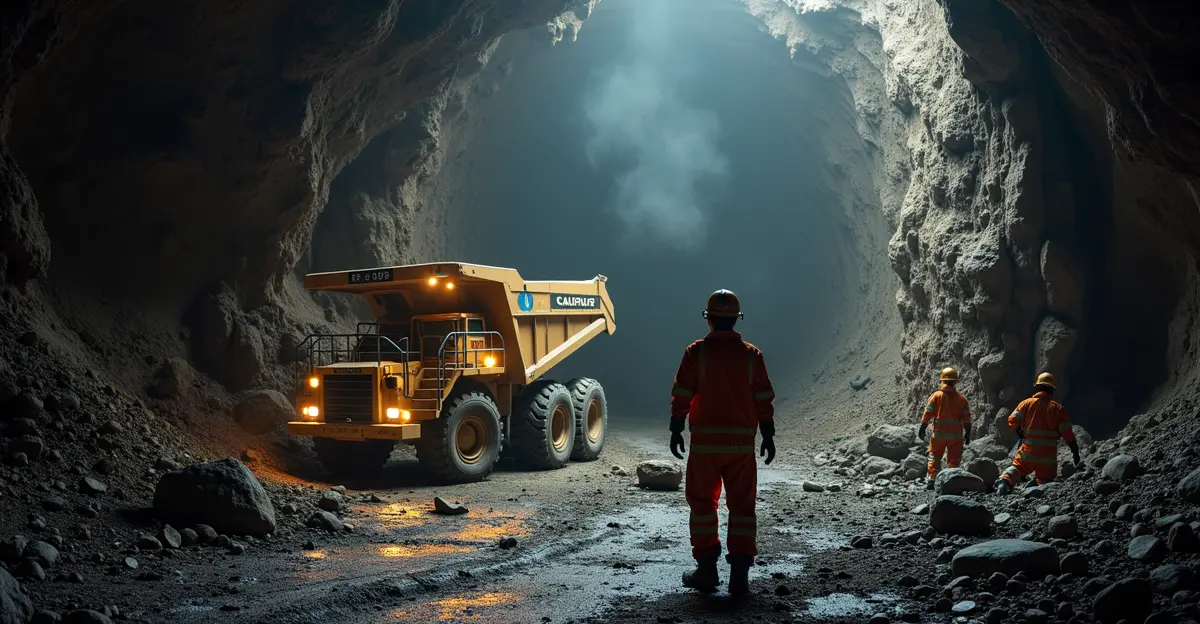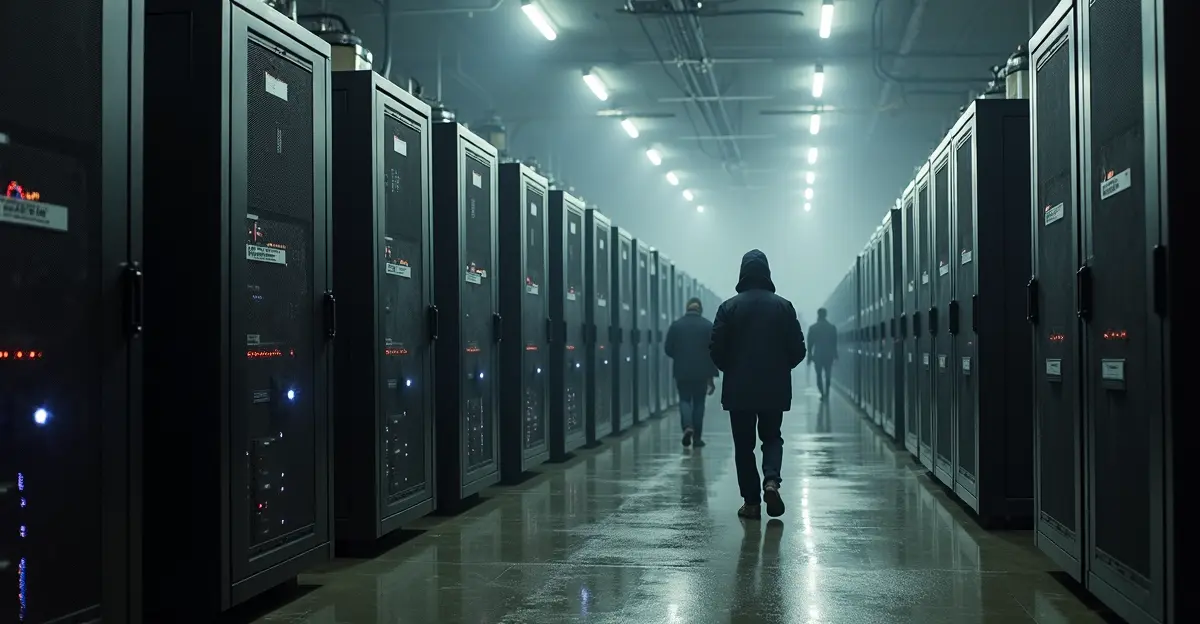Underground mining accidents present complex rescue challenges despite technological advances. Safety gaps and regulatory failures continue to endanger miners worldwide.

The Perilous Reality of Underground Mining
Underground mining remains one of the world's most dangerous professions, with accidents posing complex rescue challenges that test the limits of technology and human endurance. Despite advances in safety equipment, miners continue to face life-threatening situations deep beneath the earth's surface.
Historical Context and Recent Developments
The 2010 Copiapó mining accident in Chile, where 33 miners were trapped 700 meters underground for 69 days, remains a stark reminder of the dangers inherent in underground mining. The successful rescue operation involved multinational cooperation and innovative technology, but it also exposed critical safety failures. "Nobody listens to us. Then they say we're right. If they had believed the workers, we would not be lamenting this now," said Gerardo Núñez, highlighting the persistent issue of ignored safety warnings.
Rescue Technology Advancements
Modern rescue operations now utilize advanced drilling technology, specialized capsules, and real-time communication systems. NASA contributed significantly to the Chilean rescue effort, developing life-support systems and monitoring equipment. However, access to such technology remains uneven across mining regions globally.
Safety Regulation Challenges
The mining industry faces ongoing challenges with safety compliance. The San José mine had been fined 42 times between 2004-2010 for safety violations before the 2010 accident. Budget constraints often limit proper inspection regimes, with some regions having only a handful of inspectors for hundreds of mines.
Psychological Impact and Training
Rescue operations must address not only physical safety but also psychological trauma. Miners trapped underground face extreme stress, and rescue teams require specialized training in crisis management and mental health support. Emergency refuge chambers now include basic supplies and communication equipment, but their effectiveness depends on proper maintenance and accessibility.
Future Safety Initiatives
Industry experts emphasize the need for improved early warning systems, better communication technology, and enhanced training programs. The integration of IoT devices and real-time monitoring systems offers promise for early detection of potential hazards. However, implementation costs and resistance to change remain significant barriers.
As mining operations push deeper underground in search of resources, the industry must prioritize safety innovation and regulatory enforcement to prevent future tragedies and ensure that rescue capabilities keep pace with evolving risks.

 Nederlands
Nederlands English
English Français
Français Deutsch
Deutsch Español
Español Português
Português






